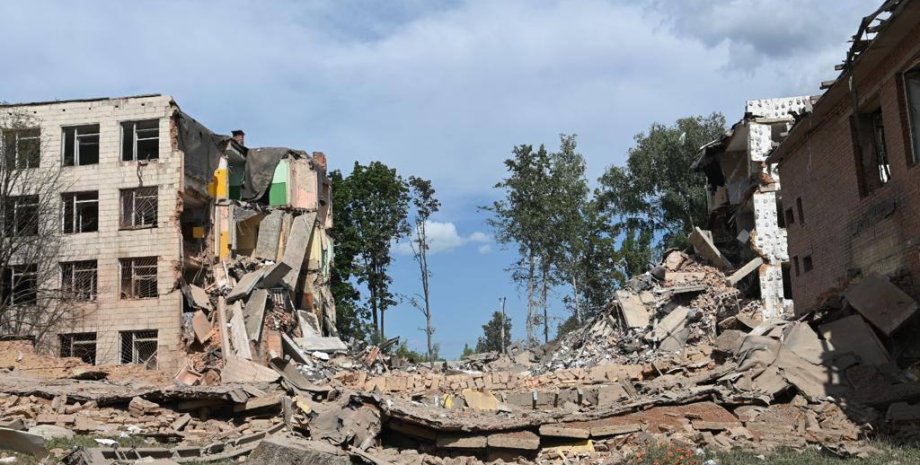
Subscribe not to miss the latest and most intrusive news from the world of science! The Japanese company Astroscale Japan has sent a special spacecraft to orbit last February, which should demonstrate the technology of safe cleaning of space debris from orbit.
With the help of Adras-J probe, the company showed that successful rapprochement with space debris is possible, and this technology can be used in the future to capture the waste degrees of missiles and satellites that do not work to then lower them into the atmosphere where they will burn.
For the first time in the history of the probe, for the cleaning of space debris, it approached the distance of only 15 meters to the long-abandoned part of the Japanese missile H-2A, the length of which is 11 meters, and it weighs 3 tons. For 16 years, the upper stage of the rocket rotates around the Earth at a height of 560 km and poses a threat to the operating space apparatus.
This is one of the 2000s thrown into the orbit of the upper stages of rockets, as well as one in 45,000 space debris in size more than 10 cm in orbit. They can all encounter operating spacecraft, so they should be lowered into the atmosphere. Representatives of Astroscale Japan stated that they first demonstrated the technology of safe rapprochement with the orbiting object that flies at high speed.
Like other space debris, the H-2A rocket has an uncontrolled movement and has no navigation and communication so that it can be flew to it at a very close distance. But the adras-j probe succeeded. To navigate the device used its cameras. Adras-j rocket pictures showed that it is in good condition and has the same appearance as 16 years ago.
Thanks to the successful mission of Astroscale Japan has received additional funding from the Japanese Aerospace Research Agency to launch a new mission designed to clean space debris. The fact is that Adras-J is a demonstration technology and does not have the necessary equipment for joining space debris.
But the new Adras-J2 probe, which will be launched in 2027, will not only be able to approach the H-2A rocket, but also with the help of a robotic manipulator catching a rocket and dropping it into the Earth's atmosphere so that it burns there. The achievements of Astroscale Japan opens the opportunity to use similar probes to clean up a large amount of space debris from orbit. But this technology is still expensive. For example, to create Adras-J2, a Japanese company received $ 88 million.










All rights reserved IN-Ukraine.info - 2022